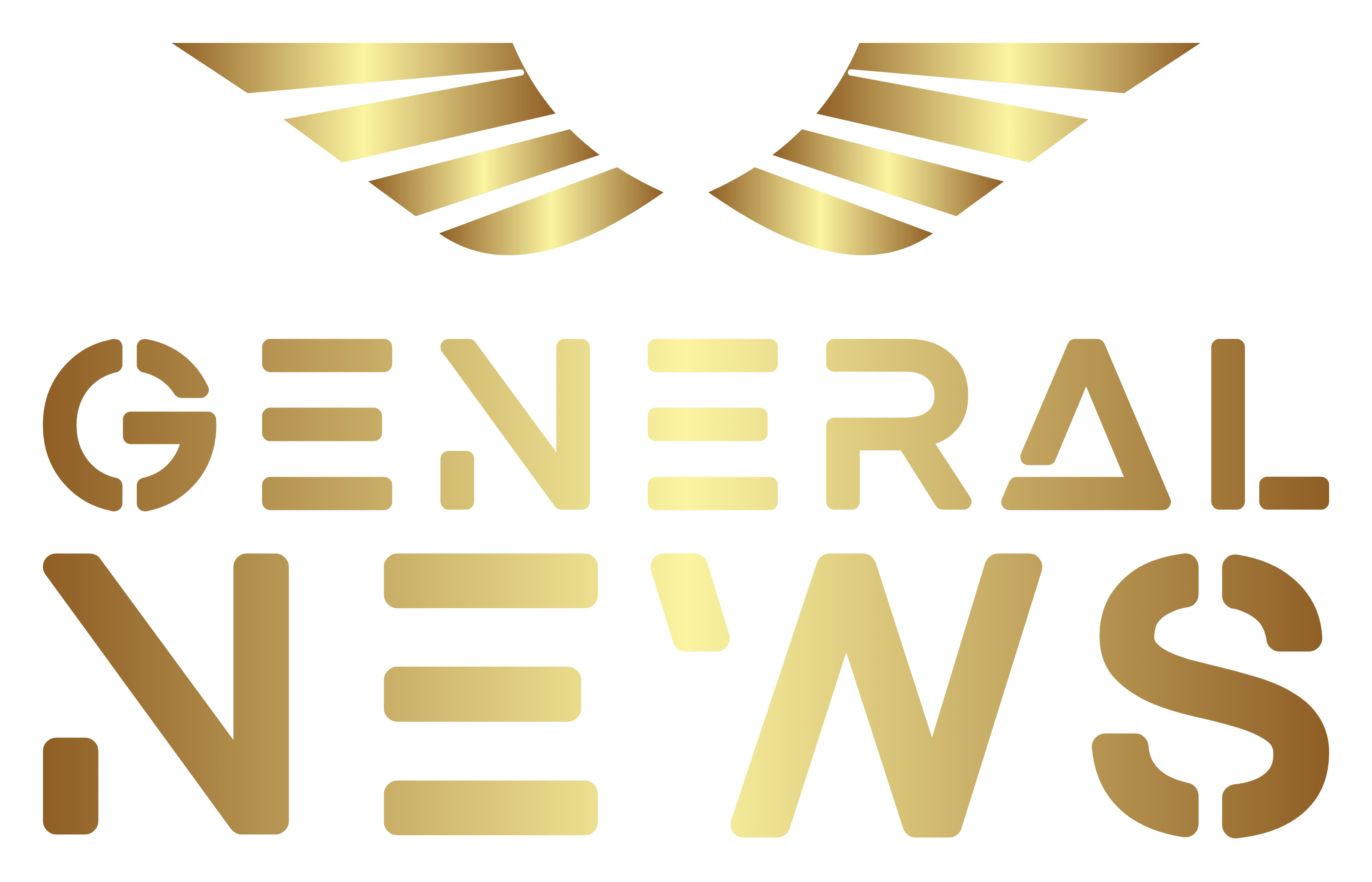The possibility of a US military invasion of Iran remains a long-standing topic of geopolitical debate. The complex history of relations, Iran's nuclear programme and Tehran's growing regional influence raise concerns that could lead to an escalation of conflict. This article focuses on assessing the feasibility, risks, and consequences of such a move from military, political, economic, humanitarian, and strategic perspectives.
1. Military feasibility: strategic obstacles and asymmetric defence
Iran's geographic diversity - from mountains and deserts to vast coastlines - presents significant obstacles to any invading force. The logistics of such an operation would be complicated by the reluctance of some regional U.S. allies to provide bases or airspace. Iran, although technologically behind the U.S., has developed a defense doctrine based on asymmetric warfare. Its main elements include ballistic and cruise missiles, cyber capabilities, and a network of proxy forces such as Hezbollah and the Houthis that can attack US targets and allies in the region.
Iran's conventional weaknesses, particularly in the air force and navy, are partially offset by its ability to wage attrition conflict and inflict losses on a more technologically advanced adversary. The United States would face a combination of direct defense and indirect strikes, including possible cyberattacks and disruption of supply chains.
2. Political risks: regional escalation and global implications
Historical experience shows that external threats often unite the Iranian population around the ruling regime. An invasion would likely increase domestic support for the government and strengthen its legitimacy, similar to the war with Iraq in the 1980s.
In a regional context, invasion could lead to widespread conflict through proxy wars. Iranian-allied militias could activate armed responses not only in Iran but also in Lebanon, Yemen and Iraq. Such a development would threaten the stability of the entire Middle East and put U.S. allies at increased risk.
Internationally, a US invasion would face strong criticism, especially from European allies who favour a diplomatic solution to the Iranian issue. In response, Russia and China, which have economic and geopolitical interests in Iran, could strengthen their cooperation with Tehran and exacerbate global tensions.
3. Economic consequences: costs and disruption of global markets
The financial cost of an invasion would be enormous. The experience of the Iraq war suggests that the direct costs of military operations could reach hundreds of billions of dollars. To this would have to be added the long-term costs of stabilising the country and reconstruction.
Another significant impact would be on world energy markets. Iran is a key oil producer and any conflict would cause instability in supply, leading to a sharp rise in prices. Potential attacks on oil infrastructure in the Persian Gulf could further exacerbate the situation and trigger a global economic downturn.
Despite facing long-term sanctions, Iran's economy is showing some resilience thanks to alternative trade routes and cooperation with partners such as China and Russia. However, a military conflict would worsen the humanitarian situation and increase the level of poverty and social tension in the country.
4. Humanitarian impacts: civilian suffering and migration
Military operations, especially in densely populated cities like Tehran, would have a devastating impact on the civilian population. History from Iraq and Syria shows that urban fighting leads to high casualty rates, infrastructure collapse and large waves of internally displaced persons.
The conflict would likely cause a massive refugee crisis with implications for neighbouring countries such as Turkey, Iraq and Afghanistan. The international community would have to respond with large-scale humanitarian aid to avoid destabilising the region. The psychological trauma of the population would persist long after the end of military operations.
5. Strategic implications: escalation and geopolitical weakening of the US
One of the most serious risk factors is the possibility of unintentional escalation. Proxy forces in the region can act autonomously and draw the US into further conflicts without direct control. An invasion could also motivate Iran to accelerate its development of nuclear weapons as a deterrent.
From a global perspective, such a military campaign would lead to an overload of US capabilities. Given the current rivalry with China in Asia and growing security challenges in Europe, engaging in a conflict with Iran would weaken the U.S. ability to respond effectively to other threats and maintain its global influence.
Support for Iran from Russia and China would likely intensify in the event of war, strengthening the axis of resistance to Western influence in the Middle East.
By Masood Chaudhary
Conclusion
A US invasion of Iran would be an extremely risky move with disastrous consequences. The military, political, economic and humanitarian costs of such a conflict would likely far outweigh any potential benefits. Given the nature of Iran's defenses, its ability to provoke regional destabilization, and the global geopolitical context, a military solution seems not only ineffective but counterproductive.
Instead of military intervention, the international community should favour diplomatic negotiations that would allow the issues of Iran's nuclear programme and its regional role to be resolved without irreversible damage. It is only through dialogue and cooperation that a conflict can be avoided that would have an impact not only on the Middle East but on the whole world.
Sources
- Axworthy, M. (2013). Revolutionary Iran: A History of the Islamic Republic. Penguin Books.
- Barnes, J. E. (2020). The U.S. and Iran: A Tangled History. Brookings Institution.
- Belasco, A. (2009). The Cost of Iraq, Afghanistan, and Other Global War on Terror Operations Since 9/11. Congressional Research Service.
- Blank, S. (2018). Russia's Middle East Policy: From Lenin to Putin. Routledge.
- Chubin, S. (2010). Iran's Nuclear Ambitions. Carnegie Endowment for International Peace.
- Cordesman, A. H. (2007). Lessons of the 2006 Israeli-Hezbollah War. Center for Strategic and International Studies.
- Cordesman, A. H. (2020). Iran's Military Forces and Warfighting Capabilities. CSIS.
- Ehteshami, A. (2017). Iran: Stuck in Transition. Routledge.
- Energy Information Administration (EIA) (2020). Iran Overview. U.S. Department of Energy.
- Hadian, N. (2020). Iran's Economy Under Sanctions. Middle East Institute.
- Katzman, K. (2020). Iran's Foreign and Defence Policies. Congressional Research Service.
- Keddie, N. R. (2003). Modern Iran: Roots and Results of Revolution. Yale University Press.
- Lieberthal, K. (2020). U.S.-China Relations in the Biden Era. Brookings Institution.
- Ricks, T. E. (2006). Fiasco: The American Military Adventure in Iraq. Penguin Books.
- UNHCR. (2020). Refugee Data Finder. United Nations High Commissioner for Refugees.
- Wehrey, F. (2019). The Burning Shores: Inside the Battle for the New Libya. Farrar, Straus and Giroux.
- Werth, A. (1964). Russia at War, 1941-1945. E.P. Dutton.
- Wright, R. (2018). The Iran Primer: Power, Politics, and U.S. Policy. United States Institute of Peace.



